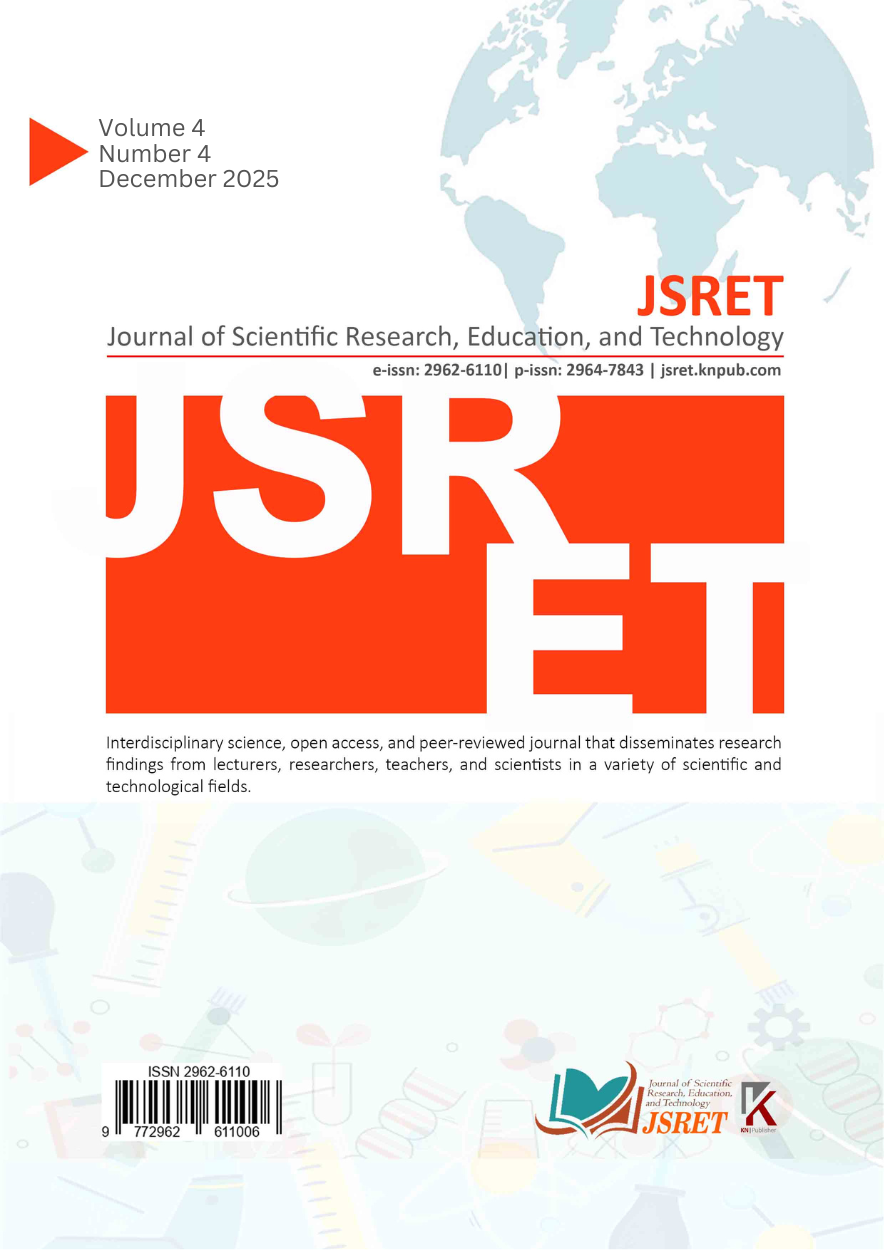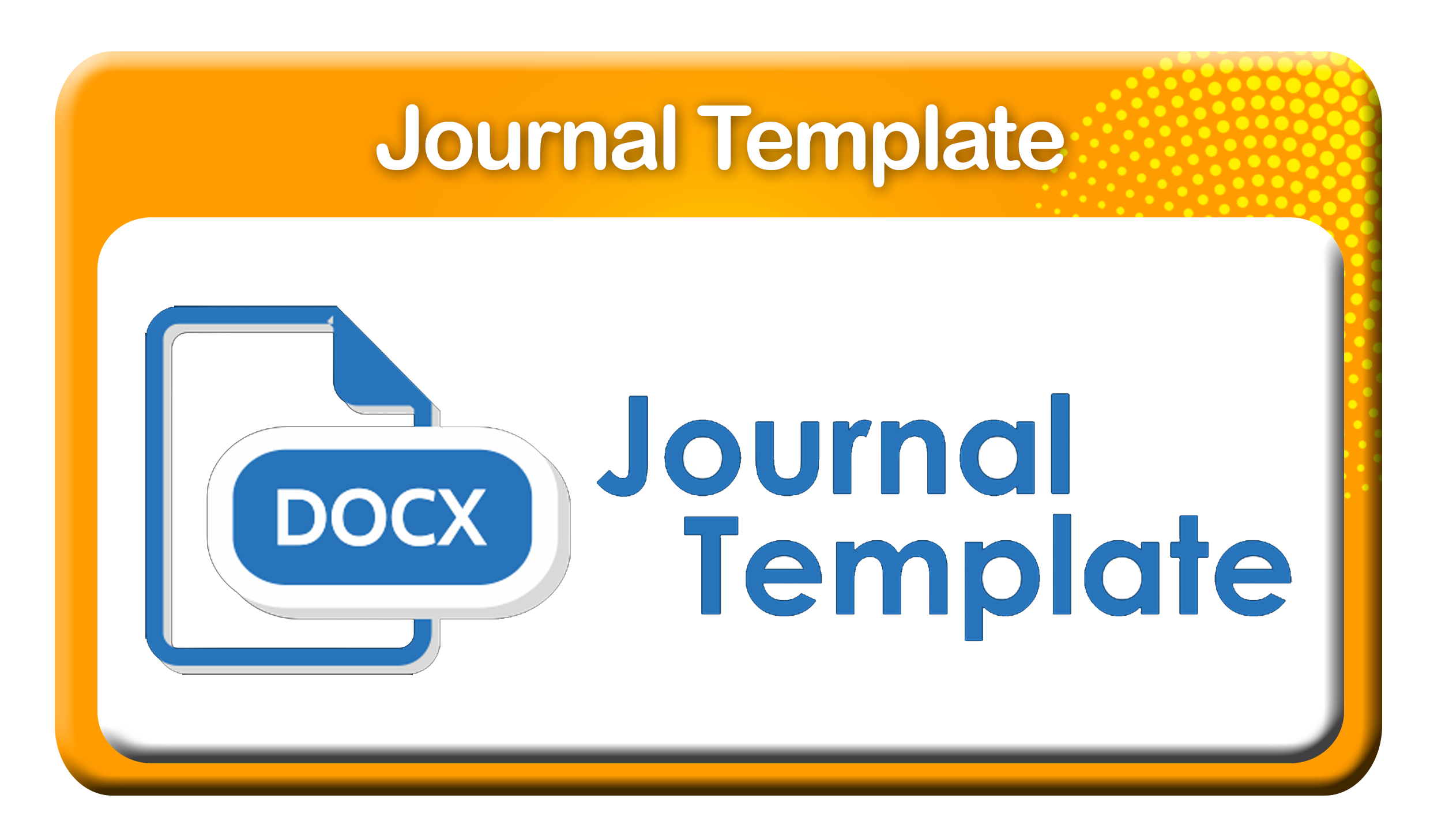Analyzing Trump and Pence's CRT Speeches Using the Ideological Square
DOI:
https://doi.org/10.58526/jsret.v4i4.839Keywords:
Ideological Square, Critical Race Theory, Political RhetoricAbstract
The research analyzed how Donald Trump and Mike Pence applied van Dijk’s Ideological Square to portray their group positively and CRT negatively in political speeches. This research demonstrates how language can influence public opinion and obscure key facts about racism and justice. The study employed descriptive qualitative methods, utilizing van Dijk’s Ideological Square, to analyze speeches by Donald Trump and Mike Pence regarding Critical Race Theory (CRT). The data were obtained from the official transcript, and the analysis involved categorizing words and sentences to reveal ideological strategy and public influence. They praised their group, criticized the opponents, concealed America’s faults, and overlooked the positive aspects of CRT. Through this strategy, they built a positive image of their group while forming a negative public opinion of CRT. Language was used to influence emotion, trust, and public understanding. This research contributed to an understanding of political language and ideology in speech.
Downloads
References
Ahmed, Farooq, Lubna Irum, and Muhammad Jahngir. 2023. “International Journal of Social Science Archives Ideological Representation of ‘ Self ’ and ‘ Others ’ in Political Discourse : A Critical Discou Rse Analysis of Danny Ayalan ’ s I Nterview.” 6(3):150–60.
Ahmed, Khalid, and Muhammad Asad Habib. 2023. “Critical Discourse Analysis of Pakistani and Indian News on Pulwama Attack.” Annals of Human and Social Sciences 4(III). doi: 10.35484/ahss.2023(4-iii)10.
Ajeel, Israa Hasan, Debbita Tan Ai Lin, and Farhana Abdul Fatah. 2025. “Representation of the Self and Other of Saudi Female Athletes in Western and Arab Media.” Malaysian Journal of Social Sciences and Humanities (MJSSH) 10(2):e003143. doi: 10.47405/mjssh.v10i2.3143.
Al-shammari, Huda Aziz Muhi, and Nidaa Hussain Fahmi Al-Khazraji. 2021. “Ideological Representation of Women’s Oppression in Margaret Atwood’s The Handmaid’s Tale.” Al-Adab Journal (138):15–22. doi: 10.31973/aj.v3i138.1771.
Cicilia, Siska, and Andi Muhammad Irawan. 2023. “Discourse on Ethnic Discrimination: A Critical Discoure Analysis of Political Statements Presented by The Members of Indonesia House of Representative in Social Media.” English Language and Literature 12(1):139. doi: 10.24036/ell.v12i1.120167.
Humood, Ali S., and Wafaa M. Faisal. 2024. “Shadows of Language: Revealing the Multifaceted Nature of Euphemistic Expressions in Biden’s Speeches.” Theory and Practice in Language Studies 14(8):2510–19. doi: 10.17507/tpls.1408.24.
Javaid, Meesam, Mohsin Hassan Khan, Surinderpal Kaur, and Farwa Qazalbash. 2022. “Islamophobia in the West: A Critical Discourse Analysis of Imran Khan’s UNGA Speech.” Religions 13(4). doi: 10.3390/rel13040284.
Kadwa, Mohammed Siddique, and Hamza Alshenqeeti. 2020. “International Journal of Linguistics, Literature and Translation (IJLLT) The Impact of Students’ Proficiency in English on Science Courses in a Foundation Year Program.” International Journal of Linguistics, Literature and Translation (IJLLT) 3(11):55–67. doi: 10.32996/ijllt.
Kauthsar, Abhid Al. n.d. “AN ANALYSIS OF IDEOLOGICAL SQUARE ON JOE BIDEN AND VLADIMIR PUTIN SPEECH RELATED TO RUSSIA-UKRAINE WAR.” 13(2).
Kazzaz, Mourhaf. 2020. “Investigating the Syrian ‘Other’ in Donald J. Trump’s Twitter Campaign Rhetoric.” Open Linguistics 6(1):601–10. doi: 10.1515/opli-2020-0032.
Krisagbedo, Ebere Celina, Jacinta Ukamaka Eze, and Jacinta Ginika Mamah. 2021. “Language and Manipulation: A Critical Discourse Analysis of All Progressive Congress (Apc) and People’s Democratic Party’s (Pdp) War of Words.” Theory and Practice in Language Studies 11(7):842–52. doi: 10.17507/tpls.1107.11.
Lijuan, Du, and Muhammad Afzaal. 2024. “Analyzing Modality-Mediated Ideology in Translated Chinese Political Discourses: An Ideological Square Model Approach.” Humanities and Social Sciences Communications 11(1):1–11. doi: 10.1057/s41599-024-03302-z.
Naseri, Freshteh. 2021. “Content Analysis of Iran’s Middle Secondary School Textbooks Based on van Dijk’s Ideological Square.” Iranian Journal of Comparative Education 2021(4):1419–32. doi: 10.22034/IJCE.2021.273666.1286.
Pedagogy, A. G. Y. Language. 2023. “Understanding Political Concepts through Critical Discourse Analysis : Ideologies Concerning Turkish National Identity in the Speeches of Mustafa Kemal Ataturk and Recep Tayyip Erdogan.” 212–31.
Shamshad, Sarah, Asad Ali Hashmi, and The Authors. 2022. “Volume 8 Issue 2, Fall 2022 ISSN.” Linguistics and Literature Review 8(2):24–47.
Downloads
Published
How to Cite
Issue
Section
License
Copyright (c) 2025 Joko Wibowo

This work is licensed under a Creative Commons Attribution-ShareAlike 4.0 International License.
Copyright @2022. This is an open-access article distributed under the terms of the Creative Commons Attribution-ShareAlike 4.0 International License (https://creativecommons.org/licenses/by-sa/4.0/) which permits unrestricted commercial used, distribution and reproduction in any medium
JRSET is licensed under a Creative Commons Attribution-ShareAlike 4.0 International License.






